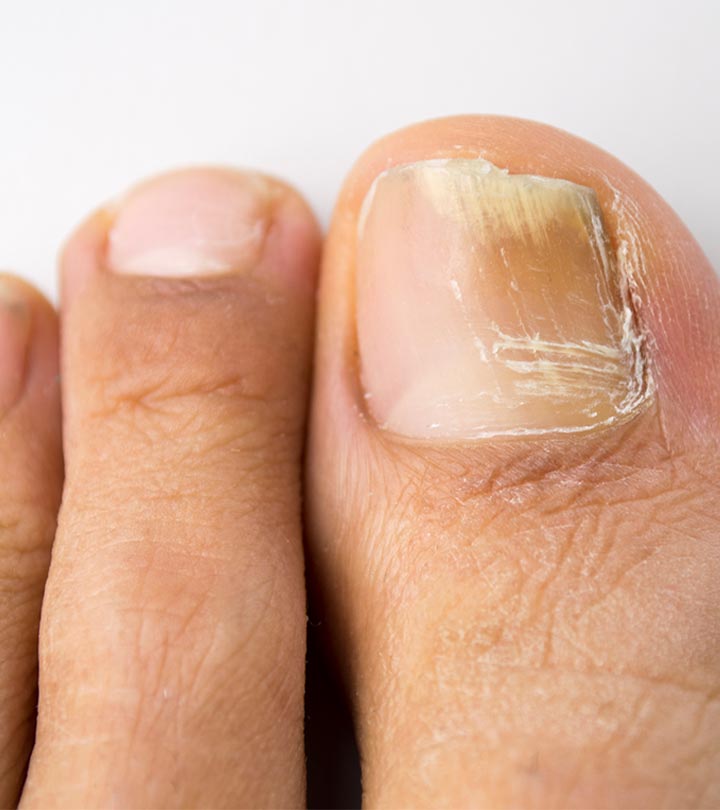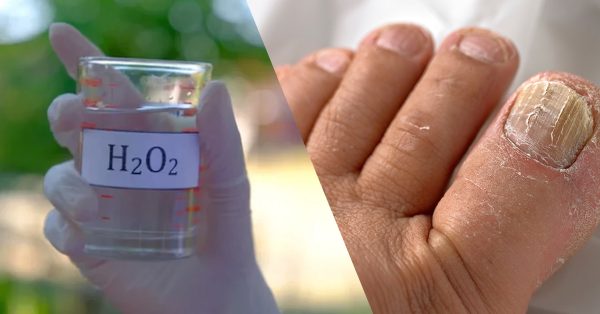Welcome to a comprehensive guide on how to effectively treat toenail fungus with hydrogen peroxide. In this article, we will explore the best practices and products for getting rid of toenail fungus and other conditions that can make your fingernails and toenails look unsightly. One common question many people have is how long they should leave hydrogen peroxide on toenail fungus to see results. Let’s delve into the details and learn how you can effectively use this household remedy to treat toenail fungus.
How to effectively treat toenail fungus with hydrogen peroxide
Are you tired of dealing with unsightly toenail fungus? Have you tried various treatments without success? If so, you’re in the right place. In this article, we will explore how hydrogen peroxide can be an effective solution to treat toenail fungus. Keep reading to learn more about the best practices and products to get rid of this condition.

Understanding toenail fungus
Before we delve into how hydrogen peroxide can help, let’s first understand what toenail fungus is. Toenail fungus, also known as onychomycosis, is a common condition that affects many people. It usually starts as a white or yellow spot under the tip of your toenail and can spread, causing your nail to become discolored, thickened, and brittle.
The benefits of using hydrogen peroxide for toenail fungus
Most people are familiar with hydrogen peroxide as a disinfectant for cuts and wounds, but did you know that it can also be effective in treating toenail fungus? This powerful antiseptic can help kill the fungus that causes the infection and prevent it from spreading further. Plus, hydrogen peroxide is affordable and readily available at most drugstores, making it a convenient option for treating toenail fungus at home.
How does hydrogen peroxide work on toenail fungus?
Hydrogen peroxide works by releasing oxygen when it comes into contact with the affected area. This oxygen-rich environment is inhospitable to the fungus, making it difficult for it to survive and grow. Additionally, hydrogen peroxide has antifungal properties that help kill the fungus directly. By using hydrogen peroxide consistently and correctly, you can effectively eliminate toenail fungus and restore the health of your nails.
How to use hydrogen peroxide to treat toenail fungus
Now that you understand the benefits of hydrogen peroxide for toenail fungus, let’s discuss how you can use it effectively. Follow these steps to treat your toenail fungus with hydrogen peroxide:
Prepare the affected toenail: Start by cleaning the affected toenail with soap and water to remove any dirt or debris. Pat it dry with a clean towel before proceeding.
Apply hydrogen peroxide: Using a cotton ball or swab, apply hydrogen peroxide directly to the affected toenail. Make sure to cover the entire nail and the surrounding skin. Let it sit for a few minutes to allow the hydrogen peroxide to penetrate the fungus.
Repeat daily: For best results, repeat this process daily, preferably in the morning and evening. Consistency is key when treating toenail fungus with hydrogen peroxide.
Monitor your progress: Keep a close eye on the affected toenail to track your progress. You should start to see improvement within a few weeks of consistent use. If you don’t see any improvement or if the condition worsens, consult a healthcare professional for further advice.

Tips for maximizing the effectiveness of hydrogen peroxide
To ensure that you get the best results when using hydrogen peroxide to treat toenail fungus, consider the following tips:
- Trim your nails: Keep your toenails trimmed and clean to prevent the fungus from spreading.
- Avoid wearing tight shoes: Opt for breathable footwear to promote air circulation around your toes.
- Practice good foot hygiene: Wash your feet regularly and dry them thoroughly, especially between your toes.
- Use fresh hydrogen peroxide: To maximize its effectiveness, use fresh hydrogen peroxide that has not expired.
- Combine with other treatments: For stubborn cases of toenail fungus, consider combining hydrogen peroxide with other antifungal treatments recommended by your healthcare provider.
How long do you leave hydrogen peroxide on toenail fungus?
One common question that arises when using hydrogen peroxide to treat toenail fungus is how long you should leave it on the affected nail. While there is no set duration, it is generally recommended to let the hydrogen peroxide sit on the toenail for at least 10-15 minutes to allow it to penetrate the fungus effectively. However, some people may experience skin irritation with prolonged exposure, so it’s essential to monitor your skin’s reaction and adjust the duration accordingly.

Conclusion
In conclusion, hydrogen peroxide can be a valuable tool in treating toenail fungus effectively. By understanding how it works and following the proper steps, you can make significant progress in eliminating this bothersome condition. Remember to be patient and consistent in your treatment, and don’t hesitate to seek medical advice if needed. With the right approach, you can restore the health and beauty of your nails and feel more confident in showing off your feet.





